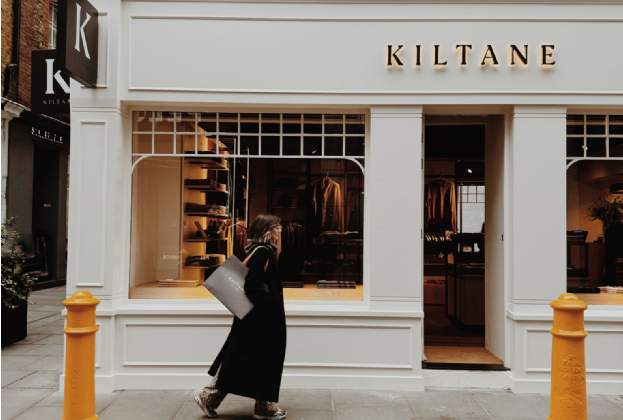The number of casual dining restaurants in the UK has boomed since 2012. Consumers have embraced experimenting with new, fun dining concepts, while many brands, particularly those who have private equity backers who have recognised the sector’s continued healthy returns in the face of uncertainty in other markets such as retail, have seen the potential in investing in opening new sites.
Central London ranks as the top location for casual dining brands, which include the likes of Cau, Five Guys and Wahaca. The capital has highest number of casual dining restaurants, while also seeing the highest growth in terms of new openings since 2012. You can now find approximately 394 branded casual dining restaurants scattered through the West End and City alone, with many more located around Victoria, Islington and Canary Wharf.
Other UK cities have followed a similar pattern, seeing proportionally high levels of growth over the past three years, as the trend for quick, easy dining has rippled out beyond the capital. New development schemes in Leeds, Liverpool and Manchester have helped to change the regional casual dining landscape. This has led to brands competing for premium space, committing to high rents and speculating on expensive fit-outs and long leases in order to secure the best sites.
This is now trickling down into smaller towns and cities, with places such as Guildford and Watford appearing within Savills top 30 ranking of towns with the highest number of casual dining restaurants.
Looking at the future, while many casual dining brands may still prefer to begin their lives in London, testing their concepts on a clientele which is largely happy to embrace the new and the different, once they are established the best markets for growth are beyond the M25. In fact the most exciting activity in this market over the next few years is likely to come in the towns that appear in the bottom half of our total supply table as these locations are potentially currently undersupplied.
While casual dining operators need to consider if the consumer spend in each location can support them on a case-by-case basis, particularly if their competitors are also eyeing up the same city, there does looks to be a gap in the market in places such as Basingstoke, Chester, Bromley and St Albans which could be filled by brands looking to expand.
We may well therefore see some shifting in position in our ‘best growth story’ rank in the next couple of years as some of the places currently lower down the table see higher proportional growth than their counterparts towards the top.
(1).jpg)

.jpg)







.jpg)
